Bestway Hydro Force Sunsaille 65050 Manual
| Mærke: | Bestway |
| Kategori: | Båd |
| Model: | Hydro Force Sunsaille 65050 |
Har du brug for hjælp?
Hvis du har brug for hjælp til Bestway Hydro Force Sunsaille 65050 stil et spørgsmål nedenfor, og andre brugere vil svare dig
Båd Bestway Manualer
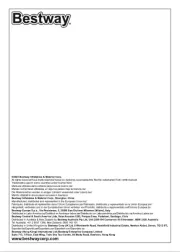
4 August 2025
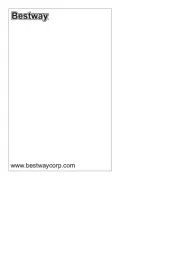
4 August 2025

8 Maj 2024

19 Marts 2024

5 Marts 2024

31 Januar 2024

17 November 2023

22 September 2023

7 September 2023

26 Maj 2023
Båd Manualer
- Yamaha
- Biltema
- Crivit
- Intex
- Zodiac
- LodeStar
- Seamax
- SereneLife
- JILONG
- Vetus
- Pelican
- Mastercraft
- Beneteau
- Bay Sports
Nyeste Båd Manualer
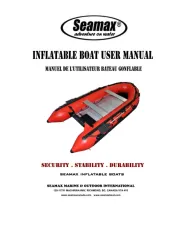
8 Oktober 2025
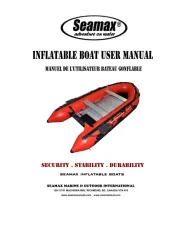
7 Oktober 2025
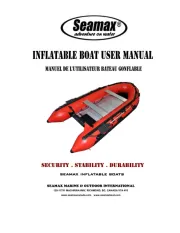
7 Oktober 2025
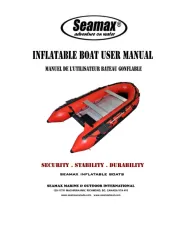
6 Oktober 2025

6 Oktober 2025
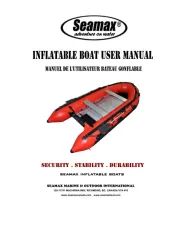
6 Oktober 2025
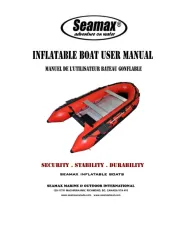
6 Oktober 2025
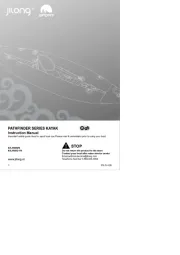
14 September 2025
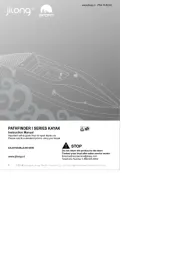
14 September 2025

1 September 2025
